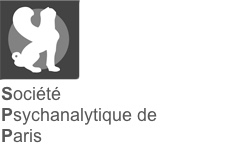|
Résumé :
|
In this contribution I will sustain that, given its origin, meaning and function, the superego is readily susceptible to the pathological distortions observed in clinical psychoanalytic work. After all, while we as psychoanalysts are unacquainted with the “normal” superego, we are accustomed to seeing patients with either an abnormal sense of guilt or a seeming absence of guilt.
However, a distinction must first be drawn between the primitive superego and its pathological counterpart. Whereas some clinical situations involve a superego whose primitive aspects feature prominently in the foreground, in other cases one encounters psychopathological structures that do not stem from the primitive superego, even if they share the latter's seductive, dominant or intimidatory aspects.
|





